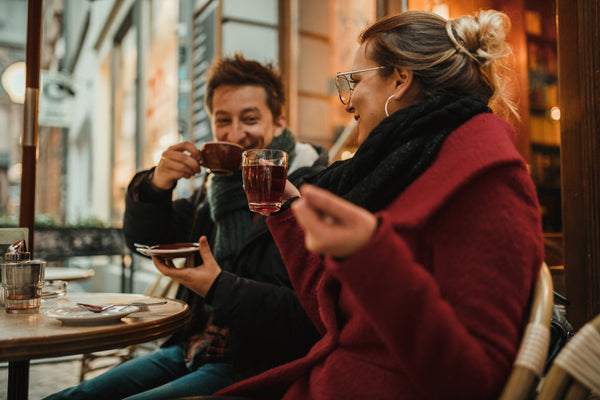Traditionally, Earl Grey is a black tea flavoured with the oil of a bergamot; a citrus fruit found in Italy. Although it is one of the most popular blends of tea in Britain, a survey in 2010 revealed that a significant minority of people (14%) associate drinking Earl Grey tea with being posh or upper class.
There are many stories about the origins of Earl Grey tea but it is widely understood that it was named after British Prime Minister, Charles Grey who lead Great Britain and Ireland through four years of political transformation between November 1830 and July 1834.
A member of the now redundant Whig Party, Charles Grey is perhaps most famous for authoring the Reform Bill of 1832. His Government also saw the abolishment of slavery.
Grey was respected but rarely loved. His achievements were few, but they were significant…. In character he was a man of contradictions, headstrong but easily discouraged by failure, imperious but indecisive, cautious and introspective.
E. A. Smith (2004), ‘Grey, Charles, second Earl Grey (1764–1845)’
According to one of the more popular legends surrounding Earl Grey tea, Lord Grey was presented with the exquisite tea blend in 1803 by a grateful Chinese mandarin after saving his son from drowning. Sadly, this story must be taken with a large pinch of salt because there are no records of Earl Grey having ever visited China. Likewise, Britain was also on the brink of war with China.
A London tea house, Jacksons of Piccadilly, now owned by Twinings, also lay claim to the original Earl Grey formula. They assert that Lord Grey gave the tea recipe to a partner of the company in 1830 and they have been producing it ever sense. Nonetheless, the first advertisements for Earl Grey tea did not appear for another fifty years.
The Grey family themselves maintain that the tea was blended by a Chinese mandarin-speaking individual at Howick Hall in Northumberland, the ancestral seat of Earl Grey. The water n the region had high levels of limescale and as such, had an unpleasant chalky effect on the taste of tea. Indeed, in their accounts, the bergamot was used to offset these effects.
So will we ever know the real story of Earl Grey tea? It seems not but the mystery and folklore that surrounds this delicate and distinctive tea, only adds to its appeal.

Thomas Phillips [Public domain], via Wikimedia Commons



